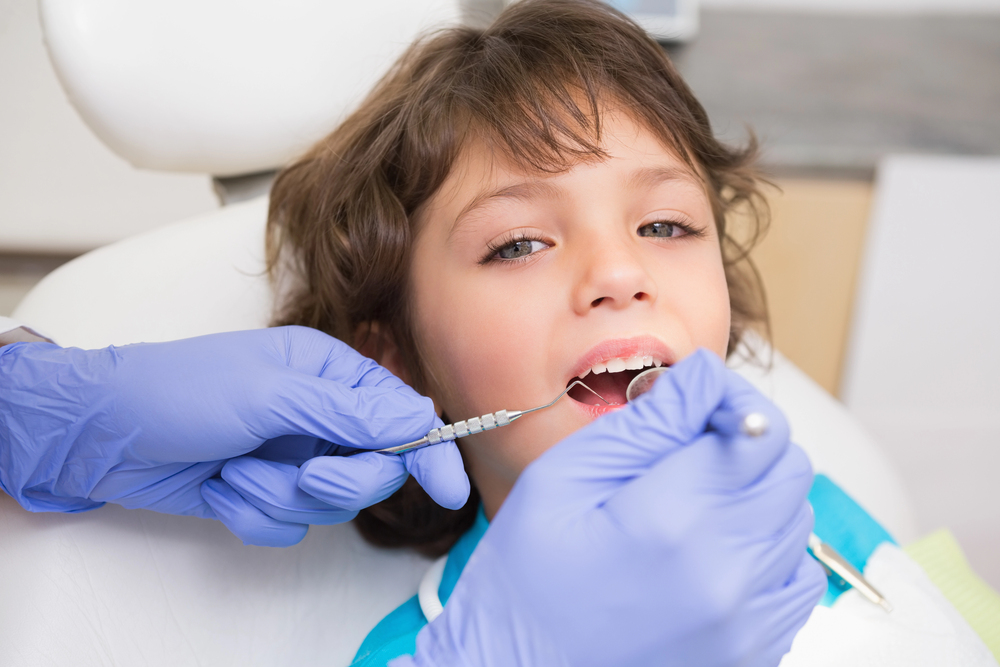
Dental sealants are a popular preventive measure, especially for children who are more susceptible to cavities. The grooves and pits on the chewing surfaces of molars can easily trap food particles and bacteria. These areas are particularly vulnerable to decay.
Despite regular brushing and flossing, these areas can be difficult to clean thoroughly. This is why sealants are often recommended as an additional protective layer. Understanding the benefits and the process of applying dental sealants can help you make the best choice for your child’s long-term oral health.
In this blog, we will cover everything you need to know about dental sealants, including when they are necessary, how they are applied and what benefits they offer for maintaining a healthy, cavity-free smile.
Understanding Dental Sealants for Kids
Dental sealants are a protective measure designed to safeguard your child’s teeth from cavities and decay. These are thin, plastic coatings applied to the chewing surfaces of molars and premolars. These teeth are where food particles and bacteria are most likely to accumulate.
The sealant acts as a barrier to prevent these harmful elements from settling into the grooves and pits of the teeth. While daily brushing and flossing are essential for maintaining oral health, dental sealants offer an additional layer of protection that can significantly reduce the risk of cavities.
It is important to note that dental sealants for kids are not a replacement for good oral hygiene practices. They work best when combined with regular brushing, flossing and routine dental visits.
The Benefits and Process of Dental Sealants
The primary benefit of dental sealants for kids is their ability to prevent cavities, which can save your child from more invasive and expensive treatments like fillings or crowns in the future.
Studies have shown that sealants can reduce the risk of decay in molars by up to 80% and are a highly effective preventive measure. For children who are prone to cavities or have deep grooves in their teeth, sealants provide an extra layer of defense against decay.
The process of applying dental sealants is simple and non-invasive. During your child’s visit, the dentist will clean and dry the tooth, then apply an acidic gel to roughen the surface slightly. This step helps the sealant adhere better to the tooth.
After rinsing and drying the tooth again, the sealant is painted onto the enamel and hardened with a special curing light. The entire procedure is quick, painless and can be completed in a single visit. It is convenient for both you and your child.
When Are Dental Sealants Necessary?
Deciding whether your child needs dental sealants involves considering several factors. For children with a history of cavities or those with deep fissures in their molars, sealants are often recommended to provide additional protection.
However, not all children may require them. In some cases, effective oral hygiene practices combined with a healthy diet and regular dental checkups may be sufficient to prevent decay.
It is also essential to recognize that while dental sealants are durable, they are not permanent. They typically last about ten years but may need to be replaced sooner if they show signs of wear. Regular dental visits are essential to monitor the condition of the sealants and determine if any maintenance or reapplication is needed.
Choosing the right preventive measures for your child’s dental health is an important decision. At Grand Family Dentistry, we are here to support you every step of the way.
Our dental sealants offer an effective solution to protect your child’s teeth from cavities, but we also recognize that they are just one part of a broader approach to maintaining good oral health. Our general dentistry services include routine cleanings, checkups and personalized dental care plans to keep your child’s smile healthy and strong.
If you are considering dental sealants for kids or have any questions about your child’s oral health, contact us today. We are committed to providing the highest level of care and making sure that your child’s dental experience is positive and beneficial.

